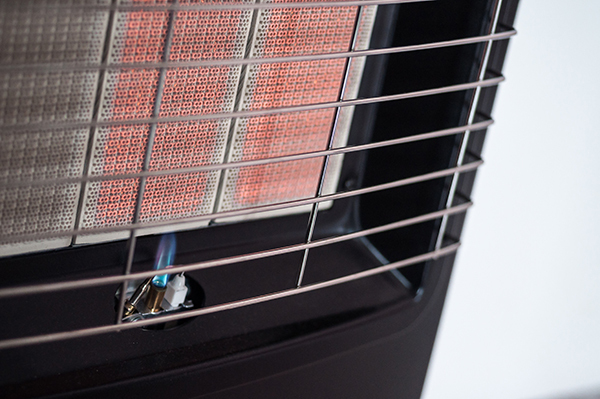23 July 2019
The risk of carbon monoxide exposure in your home
It’s the time of the year when we dig out our fleece blankets and portable heaters to keep warm. But this means it’s also time to remind ourselves that unflued gas heaters can be an indoor air pollution hazard if they’re not used correctly.
Sources of carbon monoxide
Sources of carbon monoxide include faulty or unflued gas heaters, other gas devices just as stoves, wood-burning heaters, internal combustion vehicle exhausts, propane-fueled equipment, and tobacco smoke.
What is an unflued gas heater?
Gas heaters burn gas in order to produce heat. During the burning process, air pollutants (like CO) and water vapour are produced. Flued gas heaters release those pollutants & the water vapour through a chimney or flue, but unflued gas heaters release them directly into your home.
How CO can harm us?
Carbon Monoxide is a gas that you can’t see or smell, and it is produced every time a fossil fuel is burned. When CO is being breathed in at excessive levels, it can lead to carbon monoxide poisoning. This is the most common type of fatal poisoning in many countries.
CO poisonings are more common during winter, particularly from the use of portable room heaters. These heaters release CO (as well as other pollutants) when burning gas and if the pollutants are not released outside of the home (or if a faulty heater is being used) and there is not enough fresh air in the heated room, carbon monoxide can build up inside the home.
When a great level of CO diffuses into the blood, it reduces the capacity of the blood to carry oxygen.
Safety tips to protect you and your family from carbon monoxide exposure in your home
- Don’t ever leave your gas heater unattended – turn it off before you go to sleep.
- Got an old gas heater? Then it might be time for a service or even a replacement. Consider purchasing electric heaters, they don’t produce indoor air pollutants.
- Ensure there’s always enough fresh air in the room you are heating. If you don’t have air vents, keep a door or window open to reduce the potential build-up of CO.
- Have a licensed gas fitter check your gas heater and other fuel-burning appliances at least every two years.
- When deciding on an unflued gas heater, choose a model with electronic ignition. Some come with a safety system that will turn the heater off if the ventilation in your home is insufficient.
- Don’t use emergency generators in your garage or basement. Set them up outside the house.
Carbon monoxide alarms
- Prevent CO poisoning by getting carbon monoxide alarms installed. They are similar to smoke detectors but while smoke detectors alert you to the presence of smoke and a possible fire, carbon monoxide alarms go off when they detect dangerous levels of CO gas in your home.
Call Fallon Solutions today on 1300 712 028 or complete our service request form and one of our electrical service members will contact you to arrange your carbon monoxide alarm installation.
Suggested articles
No articles found

